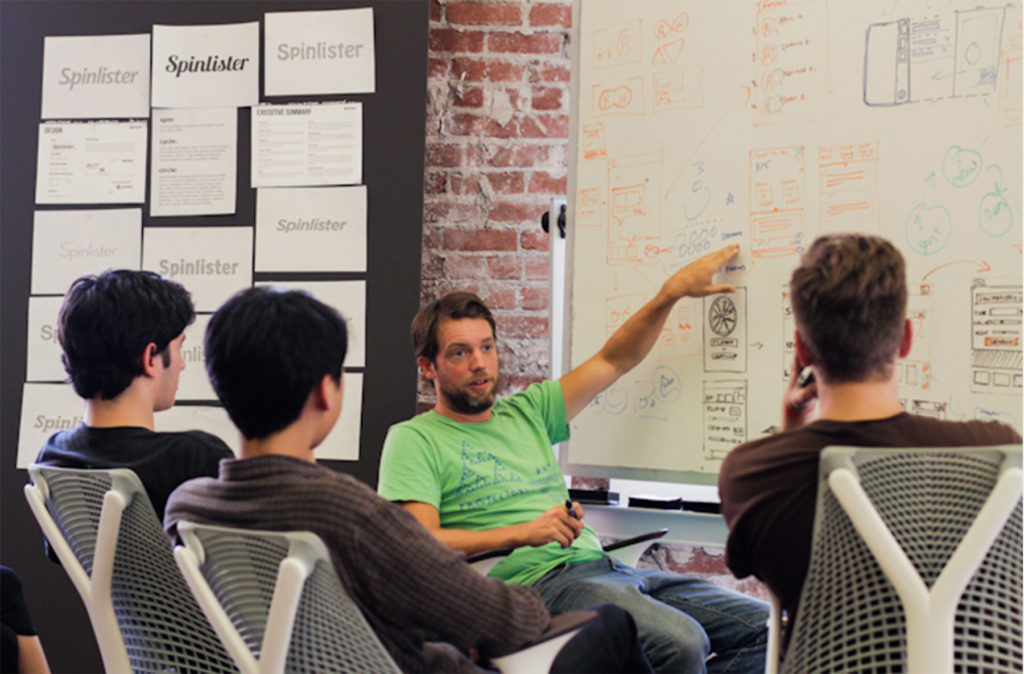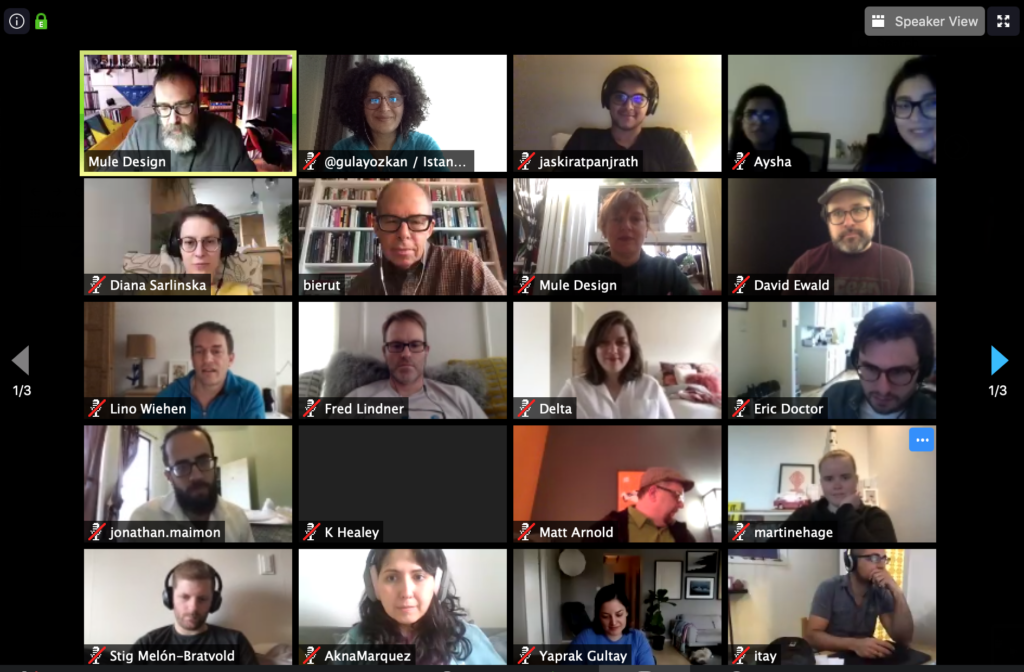Connecting the Dots: Design as “Value Engineering”
A few years ago, we had a series of conversations with several notable design leaders. We named this compilation Nostalgia because every time we read them; it allows us to take a tour of our past. We believe that good design can carry the context and memory of our past and bridge it to today. As a strategic design consultancy, we also want to remember and revisit it with the knowledge we have gained up until today.
Our first interview was with John Maeda: Design Beyond the “Happy Spray”, and the second one was with Kevin Hale: “Good Design Is a Really Selfless Activity”. Among the interviews and articles that we are delighted to present to you, here is the third interview with Eric Quint: Connecting the Dots: Design as “Value Engineering”.
Eric Quint was the Chief Design Officer at 3M and an advisory board member of the Design Management Institute in 2014. Therefore, all his answers reflect his work at that time. Quint is currently Vice President, Chief Brand and Design Officer at 3M Company.
—–
Quint makes an interesting statement about the changing role of design:
“If you go back until the 80s, design was very much a partner to R&D, with an integral focus on human needs to create functional products for the marketplace. In the 90s and 2000s, however, the role of design began to shift, with greater emphasis on emotional experience. Building upon relationships, connection and brand, this created a stronger bridge between design and marketing. For the past decade, I’ve been recognizing the engagement of design closer to portfolio management and therefore, having a stronger link to the finance function and the prioritization of investments. Design plays an important role in identifying and creating value for customers, and by extension, of course, creating value for the company. So design started to progressively touch and impact multiple areas of business, from R&D to marketing to the customer…and back to the business through the lens of finance. This cycle of influence and value, which I refer to as ‘value engineering,’ starts to drive the optimization and direction of a portfolio, also anticipating viable options created by design.”

Quint goes on to expand this perspective, citing that “value engineering” is heavily interrelated:
“If you think about maximizing value for the company as well as for the customer, then you also start to innovate upon business models, value chains, and new opportunities to make an impact that is not only emotional but also tangible and measurable.”
The challenge, Quint claims, is maintaining a focus on relevance, which is where design plays the strongest. But when you are opening areas of impact for design to new and dynamic market places for a global company, this adds complexity.
“New possibilities for value creation are endless. There is more technology available than we could have ever imagined. New markets emerge, and so do new opportunities. So in our pursuit of new and relevant solutions, we have to be smart, focusing on the best ideas. We have to explore and push design thinking forward to ensure delivery of customer value, which subsequently translates to business value.
Quint adds that the creative opportunities for innovation are ongoing; it’s never just about the technology or customer problem in isolation.
“It’s not good enough just to have great technology to drive the innovation process. You have to be able to identify insights and understand the future context that can be translated through design to achieve relevance and impact. It’s about making smart combinations of available knowledge and existing technologies to create something new.”
“Innovation has many dimensions,” added Quint. “You can innovate upon ideas, technologies, business models and processes, brand experiences, and so on.” For Quint, validation and scalability are vital components to drive successful innovation over time:
“I think innovation is all about scaling up. In order to scale up, you need investment. In order to get investment, you need to connect the dots between insights and future opportunities to manage options and risks, thereby achieving the ultimate objective: value.”
If you have questions or comments you can contact with us.




